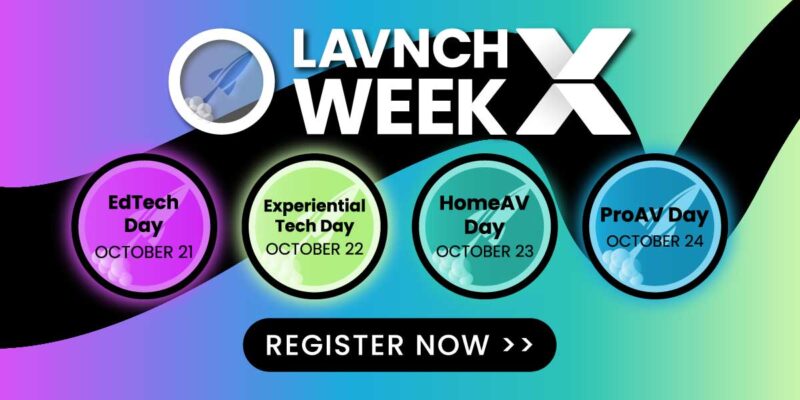ITIL: Service Design
 For the past couple columns I have been writing about the Information Technology Infrastructure Library (ITIL). ITIL is a set of best practices for managing technology services. In my last column, I addressed the first cycle in the process, Service Strategy. For the people who like the hands on work more than the “big picture” work, the Service Design lifecycle will be much more interesting and applicable.
For the past couple columns I have been writing about the Information Technology Infrastructure Library (ITIL). ITIL is a set of best practices for managing technology services. In my last column, I addressed the first cycle in the process, Service Strategy. For the people who like the hands on work more than the “big picture” work, the Service Design lifecycle will be much more interesting and applicable.
According to the official ITIL definition service design is where one “designs IT services, including their architectures, processes, measurements and management system, to meet current and future business needs.” Let’s take a closer look at that definition and explore how it affects both integrators and technology managers.
A major component of the service design lifecycle is service level management. It is in this step that the provider and the customer agree on the level of IT service that will be provided and agree on achievable future targets. To use a real life example, think of designing a video conferencing system. Through the service strategy cycle you defined why you were building this system, what the business purpose was and the budget and accounting requirements. Now, in the service design you need to actually put together a service (NOT JUST THE TECHNOLOGY) that meets the strategy. You will create a service level agreement (SLA) with your customer. In that SLA you will define many factors, including, but not limited to: the availability of the system, the security of the system, the continuity and capacity of the system. In other words, you will define, with the customer, how often the system will be operational, how secure the calls will be and how long the system can run in between maintenance breaks. Additionally, you will define your response times to any problems along with how the customer should contact you if there are problems. All of this is written down in a formal document that is signed by both parties. If you are an internal technology manager designing the system it seems easy to skip this step. However, it is just as important for you to create this document as it would be for an integrator to create it if you were hiring them. Why? Because when something happens, you and your customer are able to sit down and look at the service design. Did you meet the SLA? If so, and the customer is still not satisfied then you need to decide whether you have agreed on the appropriate service. If you did not meet the SLA, you will need to understand why you did not and show your customer how you will meet the SLA in the future. This process, when done properly, eliminates the finger pointing and confusion over what the customer wanted. Instead, it points you in a direction to defining and designing the exact services that are needed.
Continuing with the example of a video conferencing service we can examine the next step in the service design lifecycle, supplier management. The actual technology you install in the space is purchased from a supplier. What is your relationship with this supplier? What is your service level agreement with them? You also need an internet connection for your video conferencing system to work. Whether you deal with your internal networking team, or directly with an ISP, you need to have a relationship with this supplier. These relationships are spelled out in operational level agreements (OLA). As a provider, you can not meet your SLA until you are able to rely on your suppliers to provide the enabling services.
Finally, a critical step in designing your service is to agree on the metrics that will be used to determine whether value is being provided to your customer. One easy metric is whether or not you met your specified response time as set out in the SLA. Another metric may be whether the system was available as much as promised in the SLA. The metrics you agree on need to be specific and actionable. Once again, these metrics are not used for finger pointing or punishment, but rather to set a baseline for which you and your customer can evaluate the service that is being provided to them.
As a technology manager at a rather small school (under 600 FTE), I wondered whether it was more work than value to create these SLAs and OLAs and spend time designing a service. Isn’t it easier and quicker to just start with the technology. However, after being committed to this process for a few new services, the value quickly became evident. When discussing video conferencing in the classroom with our customers it became much easier to explain the cost and service differences between free web conferencing, software bridging and hardware solutions, without ever actually discussing the technology. Rather, we were able to discuss the trade-offs between availability, quality of service and response times between the solutions. Now, as we go through this process, is it much more clear for everyone involved to know what to expect from a service. If you are an integrator, you know that your money is now coming from service more than equipment. If you are able to define those services and provide your customer value through those services, your business will prosper.





